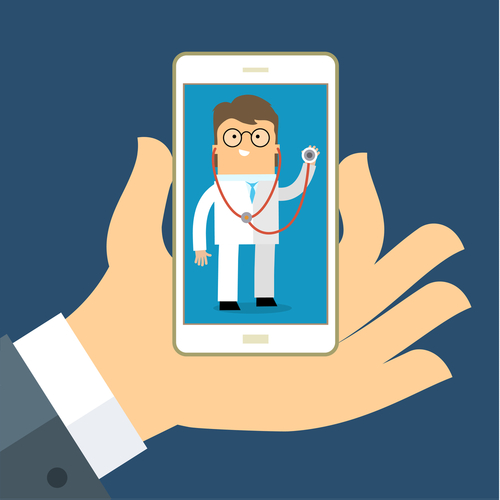mHealth Is Set to Explode by 2021
According to a recent study, worldwide shipments of healthcare wearables will nudge 100 million by 2021, increasing the market’s value to $17.6 billion. If the forecast proves accurate, it will represent a staggering 135% annual growth rate.

Wearable technology is finding the perfect home in hospitals, clinics and doctor’s surgeries the world over. It’s a relatively recent shift in emphasis for healthcare providers, and many are still finding their feet within the digital landscape. But those who have grasped the potential of wearables, mobile technology and other digital health solutions have found it’s helped them make care more efficient, expansive and affordable.
The most penetrating breakthrough has been in the form of monitoring and controlling patient outcomes - often with technology as simple as mobile messaging. Diabetes, heart problems, asthma - countless common medical conditions can be managed with the help of mobile messaging.
Despite the promising growth forecast, the wearable device market still faces a number of challenges. Many cash-strapped healthcare providers are reluctant to invest until they can be more certain of the long term benefits - an understandable misgiving in an age when so much ‘new’ technology is rendered obsolete within a couple of years of being launched. Some healthcare providers are also concerned about the task of aggregating and analyzing huge volumes of data in a way that will give them valuable insights into patient behavior. Mobile healthcare analysts believe this attitude will change as platforms become more widespread and user friendly.
Then there are the patients themselves. The report found that there were issues regarding the cultivation of consumer trust in wearable technology, with a significant number of respondents saying they didn’t believe in the accuracy of the sensors, or that a device could truly deliver medically relevant information. There are concerns too about elderly patients’ reticence to use smartphone technology, or to get behind the concept of ‘remote treatment’ at all.
Nevertheless, as the market grows, so too will the competition. The more developers get into mHealth, the better it will become, and as more data is gathered, public confidence in wearable technology will grow.


